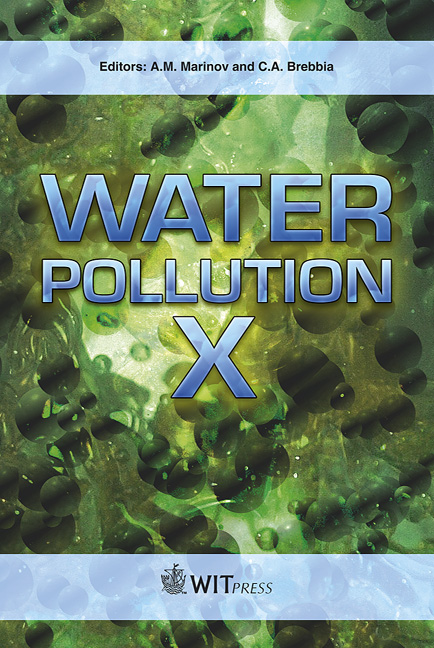Trophic State Evaluation For Selected Lakes In Yellowstone National Park, USA
Price
Free (open access)
Transaction
Volume
135
Pages
13
Page Range
143 - 155
Published
2010
Size
1,297 kb
Paper DOI
10.2495/WP100131
Copyright
WIT Press
Author(s)
A. W. Miller
Abstract
The purpose of this study is to classify the trophic state for selected lakes in Yellowstone National Park, USA. This paper also documents that monitoring methods and perspectives used in this study meet current acceptable practices. For selected lakes in Yellowstone National Park, phosphorus, nitrogen, chlorophyll-a, and other lake characteristics are studied to identify lake behavior and to classify the annual average trophic state of the lakes. The four main trophic states are oligotrophic, mesotrophic, eutrophic and hyper-eutrophic. The greater the trophic state, the greater the level of eutrophication that has taken place. Eutrophication is the natural aging process of a lake as it progresses from clear and pristine deep water to more shallow, turbid, and nutrient rich water where plant life and algae are more abundant. The trophic state of a lake is a measurement of where the lake is along the eutrophication process. Human interaction tends to speed up eutrophication by introducing accelerated loadings of nitrogen and phosphorus into aquatic systems. As lakes advance in the eutrophication process, water quality generally decreases. Four models are used in this study to classify the trophic state of the lakes: the Carlson Trophic State Index, the Vollenweider Model, the Larsen-Mercier Model, and the Nitrogen-Phosphorus Ratio Model. Simple models are commonly used where steady-state conditions and lake homogeneity are assumed. There is concern that natural processes and human activity on and around the Yellowstone Lakes are causing the water quality to decline. The objectives of this study are to identify possible areas of concern and develop a baseline to which future evaluations can be compared. This paper presents results for some 20 lakes in Yellowstone Park, which have been studied over the past 12 years. Keywords: trophic state, lake water quality, eutrophication, phosphorus, chlorophyll-a, Secchi depth, modeling.
Keywords
trophic state, lake water quality, eutrophication, phosphorus, chlorophyll-a, Secchi depth, modeling





